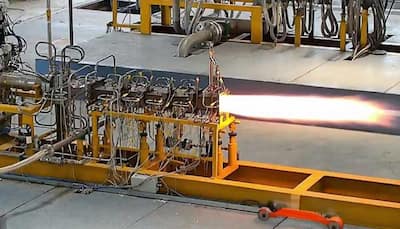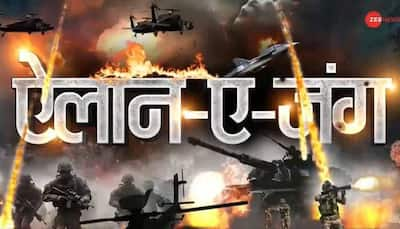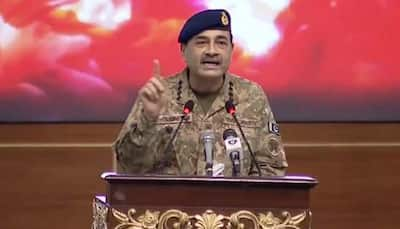India vs Pakistan Military Might Comparision: India and Pakistan are bracing for further escalation following the Pahalgam terror attack in which 26 people were killed. While Pakistan has denied any role, India highlighted that the attack was carried out by at least four Pakistan-based terrorists along with two local terrorists. India has already suspended Indus Water Treaty while Pakistan has put Simla Agreement in abeyance. The SAARC visa programme between the two nations has already been cancelled and trade has been halted.
While Pakistan has put its army and air force on high alert, we take a look at the military might comparison of Pakistan with India with some key weapon systems:
India has a total of 513 fighter jets, while Pakistan has 328. India possesses 36 Rafale fighter jets, capable of speeds up to 2,200 kmph, and can launch attacks up to 3,700 km away.
The Rafale is equipped with three types of deadly missiles, laser-guided bombs, and radar-blocking capabilities. It is also nuclear-capable and can carry up to 16 tons of bombs and missiles. It can operate from altitudes as high as 60,000 feet.
| तनाव के बीच वायुसेना का युद्धाभ्यास, राफेल और सुखोई-30 विमान एक्शन में, युद्धाभ्यास को ‘आक्रमण’ नाम दिया
Pakistan currently has no direct counter to India’s Rafale jets. Pakistan has around 75 F-16 fighter jets in service. While the F-16s are considered among Pakistan’s most capable fighter jets, they are not considered a direct match for India’s Rafale jets, especially in terms of radar systems, weapon load, and electronic warfare capabilities.
India has a ground force of 13 lakh (1.3 million) soldiers, compared to Pakistan’s 6 lakh (600,000).
India fields 4,200 tanks, while Pakistan has 2,600.
India and Pakistan both possess advanced missile systems, but India holds a technological and strategic edge in range, versatility, and precision. India’s missile arsenal includes the BrahMos, a supersonic cruise missile with a 300 km range, and the Agni series of ballistic missiles, capable of striking targets over 5,000 km away, giving it strong second-strike capability. India also fields multi-barrel rocket launchers with ranges up to 180 km and the Rampage missile with a 250 km reach. In contrast, Pakistan’s missile systems like the Shaheen and Ghaznavi are capable but generally have shorter ranges and are more focused on regional deterrence. While both nations are nuclear-armed, India emphasizes long-range precision and diverse delivery platforms, whereas Pakistan focuses more on tactical (short-range) nuclear capabilities to counterbalance India’s conventional superiority.
India uses the Bofors gun, which is capable of striking targets up to 35 km away.
The BrahMos missile has a range of 300 km, offering precision strike capabilities.
India’s multi-barrel launchers can hit targets up to 180 km away.
The Rampage missile has a strike range of 250 km.
India has two aircraft carriers, while Pakistan has none.
India operates 18 submarines, compared to Pakistan’s eight.
India holds 172 nuclear bombs, while Pakistan possesses 170.
However, Pakistan holds an edge in tactical (small) nuclear weapons.
Stay informed on all the , real-time updates, and follow all the important headlines in and on Zee News.










